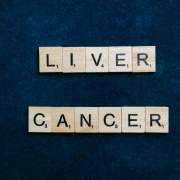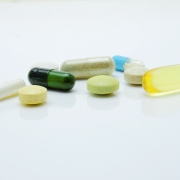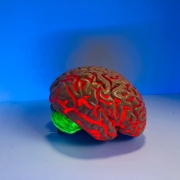According to the EU Early Warning System (EWS), synthetic cathinones (SCs) are the second largest new psychoactive substances (NPS) class, with 162 synthetic cathinones monitored by the EU EWS. They have a similar structure to cathinone, principally found in Catha Edulis; they have a phenethylamine related structure but also exhibit amphetamine-like stimulant effects. Illegal laboratories regularly develop new substances and place them on the market. For this reason, during the last decade this class of substances has presented a great challenge for public health and forensic toxicologists.
Acting on different systems and with various mechanisms of action, the spectrum of side effects caused by the intake of these drugs of abuse is very broad. To date, most studies have focused on the substances’ cardiac effects, and very few on their associated neurotoxicity.
Specifically, synthetic cathinones appear to be involved in different neurological events, including increased alertness, mild agitation, severe psychosis, hyperthermia and death. A systematic literature search in PubMed and Scopus databases according to PRISMA guidelines was performed. A total of 515 studies published from 2005 to 2022 (350 articles from PubMed and 165 from Scopus) were initially screened for eligibility. The papers excluded, according to the criteria described in the Method Section (n = 401) and after full text analyses (n = 82), were 483 in total. The remaining 76 were included in the present review, as they met fully the inclusion criteria.
The present work provides a comprehensive review on neurotoxic mechanisms of synthetic cathinones highlighting intoxication cases and fatalities in humans, as well as the toxic effects on animals (in particular rats, mice and zebrafish larvae). The reviewed studies showed brain-related adverse effects, including encephalopathy, coma and convulsions, and sympathomimetic and hallucinogenic toxidromes, together with the risk of developing excited/agitated delirium syndrome and serotonin syndrome.
You can read the article in full AT THIS LINK.











